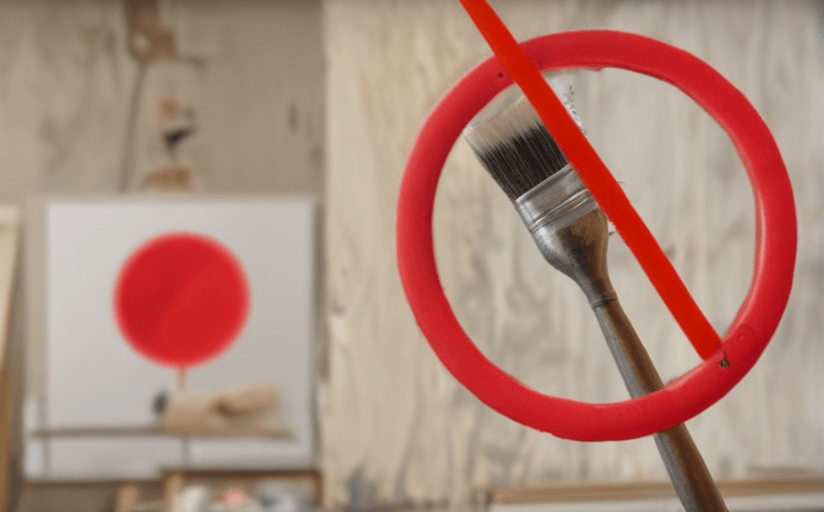Censorship and Freedom of Expression within the Art World
The dichotomy of censorship and freedom of expression has always held a significant place within the art world. The battle between creativity and control has sparked many debates and controversies, incorporating a wide array of historical, social, and ethical dimensions.
Historical and Social Context
The concept of censorship derives from an ancient Latin term 'censura', which signifies 'assessment'. Throughout history, censorship has been employed to contain and control the flow of ideas and knowledge, and this phenomenon has left an indelible mark in the sphere of art as well. However, the notion of what's acceptable or not has transformed over time and varies considerably between different cultures and societies.
High-Profile Examples of Censorship in Art
Over the years, numerous instances demonstrate how censorship has been wielded as a tool to suppress artistic expression. A classic example is the treatment of artists under totalitarian regimes, where art is often monitored and censored for political purposes. During the Nazi era, for instance, art deemed 'degenerate' was confiscated, and artists were persecuted.
Ethics and Morality in Artistic Freedom
However, the debate stretches beyond political control. Freedom of artistic expression grapples with ethical and moral boundaries too. Artistic portrayals of nudity, violence, or religious symbols can instigate powerful reactions and potentially offend some viewer’s cultural, religious, or personal sensibilities. Here arises the pivotal question of whether art should have restrictions to ensure sensitivity and respect towards all individuals and entities.
The Artists' Response to Censorship
Many artists react to censorship by incorporating it into their work, thus turning it into a catalyst for creativity. They use visual languages, symbols, and metaphors as a subtle way of expressing forbidden themes, hence demonstrating resistance to stifling attempts.
The Role of External Stakeholders
The discourse surrounding censorship and artistic freedom isn't just framed by artists or viewers, but also by an array of institutions. Governments can directly influence it through legislation and policies, while museums, galleries, and art critics shape the discourse through their selection, presentation, and evaluation of artworks.
The Digital Age and Social Media
The advent of digital platforms and social media has further complicated the issue of censorship and freedom of expression. While these platforms have offered artists a global stage and unprecedented opportunities for exposure, they've also brought new avenues for censorship and control, such as community guidelines and algorithms that decide which content gets visibility.
Final Thoughts
Although the tension between censorship and artistic freedom is likely to persist, it is essential to foster an inclusive dialogue that respects the diversity of perspectives. Ultimately, art serves many purposes - to inspire, to criticize, to comfort, to challenge - and the spectrums of expression and reaction it generates are fragments that compose the vibrant, dynamic mosaic of human culture and civilization.

















Comments
Leave a Comment